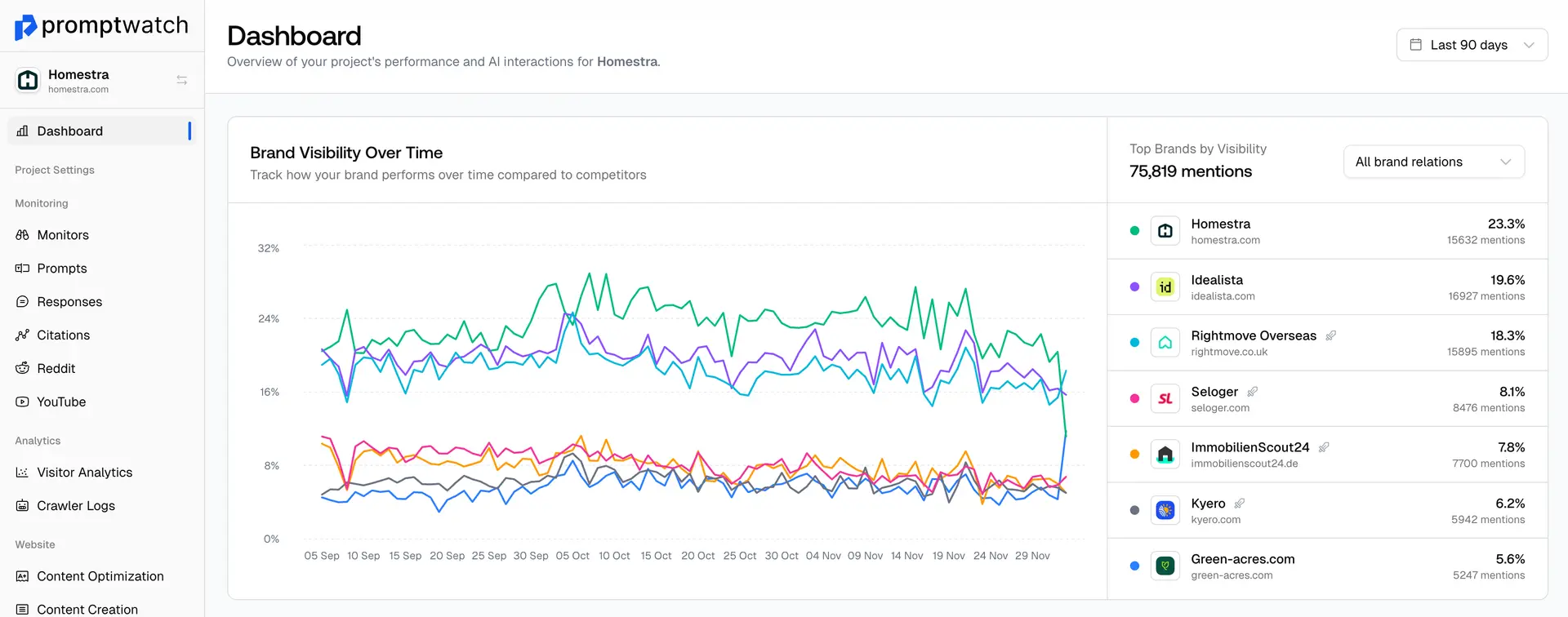Definition
Core Web Vitals are a set of specific performance metrics that Google considers essential for delivering a good user experience on the web. These metrics include:
• Largest Contentful Paint (LCP) - measuring loading performance • First Input Delay (FID) - measuring interactivity • Cumulative Layout Shift (CLS) - measuring visual stability
Google officially incorporated Core Web Vitals as ranking factors in 2021 as part of the Page Experience update, making them crucial for both traditional SEO and AI-powered search optimization. The recommended thresholds are: LCP should occur within 2.5 seconds, FID should be less than 100 milliseconds, and CLS should be less than 0.1.
For AI search and GEO strategies, Core Web Vitals are increasingly important because AI systems consider user experience signals when determining content quality and credibility. Poor Core Web Vitals can negatively impact how AI models perceive and cite your content, as they may interpret slow-loading or unstable pages as lower quality sources.
Optimizing Core Web Vitals involves image optimization, efficient coding practices, content delivery networks (CDNs), lazy loading implementation, minimizing render-blocking resources, and regular performance monitoring. Modern SEO tools and Google Search Console provide detailed Core Web Vitals reports to help identify and fix performance issues.
Examples of Core Web Vitals
- An e-commerce site optimizing image sizes and implementing lazy loading to improve LCP from 4 seconds to 2.1 seconds
- A news website reducing third-party scripts and optimizing JavaScript to achieve FID under 100ms for better user interaction
- A blog implementing stable layouts and proper image dimensions to reduce CLS and prevent content jumping during page load
- A business website using a CDN and optimizing server response times to meet all Core Web Vitals thresholds and improve search rankings
